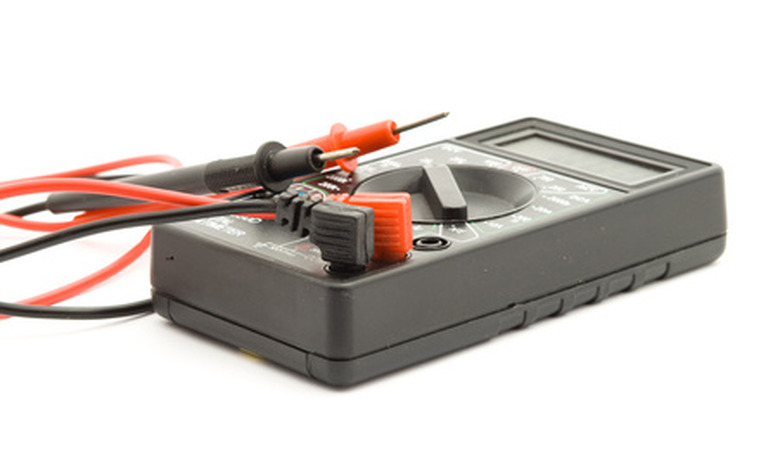Recondition A NiCAD Battery
Nickel-cadmium, or nicad batteries, are still common, although they are quickly being replaced by lithium-ion ones. However, chances are you have a battery-powered appliance or tool that uses nicad batteries, and some of the rechargeable AA and AAA batteries in your solar lights or flashlights may be nicads.
The biggest problem with nicads — especially the older ones — is that they are subject to the memory effect, whereby the battery "remembers" an unusually short charging cycle and no longer charges to its full capacity.
This typically happens when you put one on the charger before it has completely discharged or you leave it on the charger longer than necessary. This causes a build-up of crystal deposits on the negative terminal.
It's possible to recondition the battery and solve this problem by shocking the battery with pulses from a 12V battery. You could technically do this with a car battery, but it's safer to use a capacitor or a 12V battery charger instead.
What's Going On Inside a Nicad Battery?
What's Going On Inside a Nicad Battery?
The positive plates inside a nicad battery are made from a porous plaque on which has been deposited a thin coating of nickel hydroxide, and the negative plates are made with cadmium hydroxide. The plates are separated by a strip of porous plastic, and they are sealed in a cell that is filled with a 30% solution of potassium hydroxide, which acts as the electrolyte.
When you apply a charge, the negative plates lose oxygen and begin forming metallic cadmium, while the positive plates become oxidized. Charging is complete when all the material on the negative terminals has been converted to cadmium.
The process is reversed during discharge, and chemical energy is converted to electrical energy as the positive plate gives up oxygen, which flows back to the negative plate.
During the charging process, contaminants get deposited on the terminal plates, and they have the effect of fusing the tiny crystals on the plates into larger ones with less surface area to absorb or release oxygen. The release of contaminants happens near the end of the charging process, and it continues if the fully charged battery is left on the charger.
Reconditioning a Nicad Battery
Reconditioning a Nicad Battery
The reconditioning procedure involves putting a high voltage across the battery terminals. The shock breaks up the fused crystals on the terminal plates and restores their ability to transfer oxygen. You'll need a car charger, two nails and a voltmeter.
This procedure is potentially dangerous and involves the possibility of explosion. Wear goggles and gloves for safety.
Check the battery voltage, then clamp a nail in each of the alligator clips of the charger, plug it in and set the charging current to 10 amps. Touch one nail to one of the battery terminals, then momentarily tap the other nail to the other terminal and remove it immediately. You'll see sparks from the terminal.
Repeat this procedure five to 10 times, then check the battery voltage. If it has increased, you're done. Repeat the procedure if you don't notice any change.
Keeping Your Nicads in Top Condition
Keeping Your Nicads in Top Condition
After you've reconditioned the battery, put it in the tool or appliance and discharge it completely. Once you have run it down, put it in the charger, leave it there until it's fully charged, then remove it. To keep the battery operating at its full capability, put it on the charger only when it has fully discharged.
If you don't have a smart battery charger that shuts off automatically when the battery is charged, be sure to remove the battery as soon as the LED on the charger turns green, indicating that it is fully charged.
Cite This Article
MLA
Deziel, Chris. "Recondition A NiCAD Battery" sciencing.com, https://www.sciencing.com/recondition-nicad-battery-6190591/. 29 August 2019.
APA
Deziel, Chris. (2019, August 29). Recondition A NiCAD Battery. sciencing.com. Retrieved from https://www.sciencing.com/recondition-nicad-battery-6190591/
Chicago
Deziel, Chris. Recondition A NiCAD Battery last modified March 24, 2022. https://www.sciencing.com/recondition-nicad-battery-6190591/
